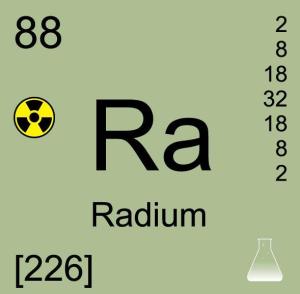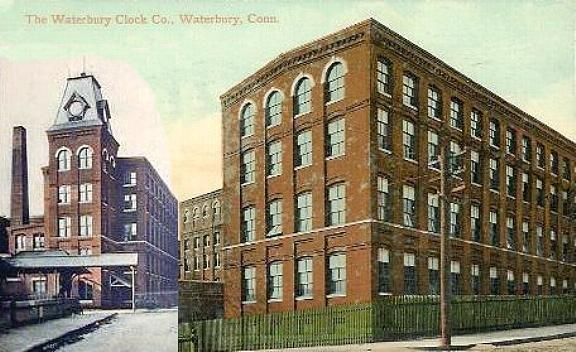https://public-blog.nrc-gateway.gov/2016/10/12/radium-part-iii-the-nrcs-role/
Radium Part III: The NRC’s Role
Richard Chang
Office of Nuclear Material Safety and Safeguards

We’ve been writing in this
series
about radium—how it was discovered, how it was used, how it can impact
human health. Today we want to explain where the NRC fits in.
As we said in our last post, the states originally oversaw radium
use. In 2005, Congress gave the NRC authority over radium through the
Energy Policy Act. In 2007, we put in place our regulations on the
control, use, and disposal of radium. These rules made clear that the
NRC oversees radium only after it has been purposely concentrated for
use.
Because many states already had laws on radium, we took over
regulatory oversight in phases. We had full oversight for radium in all
states by August 2009 (either through states that regulate nuclear
materials under agreements with the NRC, known as
Agreement States, or directly in those states that remain under NRC jurisdiction).
In 2007 after our regulations were put in place, we began talking to
the U.S. Navy about radium contamination at their sites. As we learned
more about this program and talked with the other branches of the
military, we began working to clarify our role in the remediation at
military sites. During the same time, we became aware of two specific
radium cleanup efforts by other federal agencies. The Environmental
Protection Agency has done cleanup work at the former

Waterbury
Clock Company, in Waterbury, Conn. The National Park Service is also
involved in a cleanup project at Great Kills Park, in Staten Island,
N.Y.
As we learned more about these projects, it became apparent that a
critical step for us to take would be identifying historical commercial
radium sites; many of which were many decades old. As such, we began to
look for sites in our jurisdiction that may have radium, and to find out
how much, if any, cleanup was done. There are no known health and
safety issues at any of these sites, but we want to make sure they do
not pose a risk.
We contracted with Oak Ridge National Laboratory to help us develop a
full picture of commercial radium sites. The lab started by
cataloging the different products developed and sold to the public in the early 20
th
century. Oak Ridge scoured existing publicly available literature,
records and databases, identified sites where radium may have been used
to make consumer goods and looked for any cleanup records. We received
the final results in November 2015.
We are working to get more information about the sites under NRC
jurisdiction. We will be reaching out to site owners. Our goal is to
confirm that these sites do not pose a risk to public health and safety
and the environment. We’ll keep you posted on our progress.



 Waterbury
Clock Company, in Waterbury, Conn. The National Park Service is also
involved in a cleanup project at Great Kills Park, in Staten Island,
N.Y.
Waterbury
Clock Company, in Waterbury, Conn. The National Park Service is also
involved in a cleanup project at Great Kills Park, in Staten Island,
N.Y.